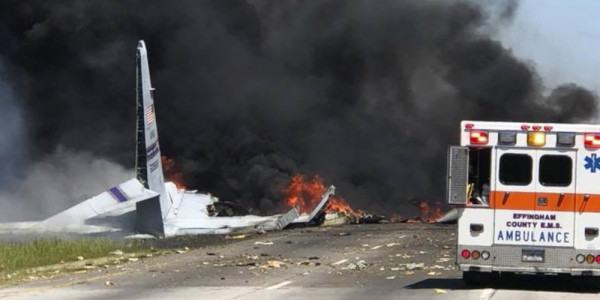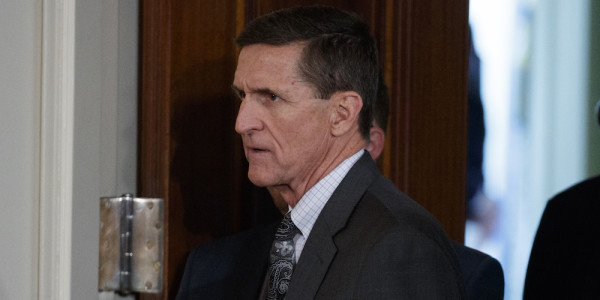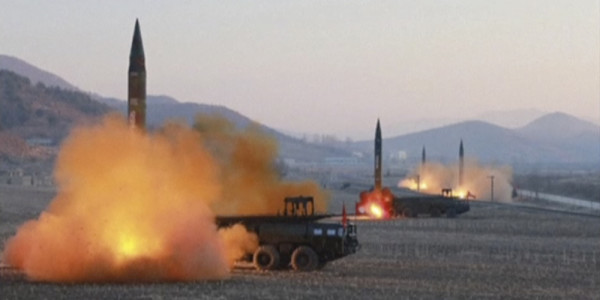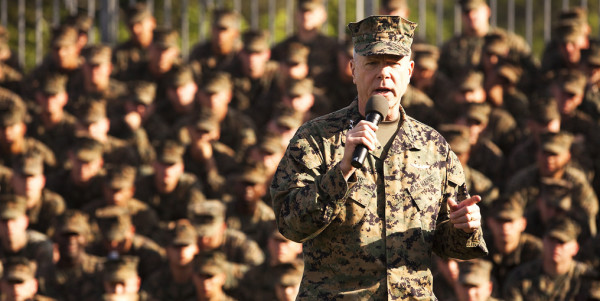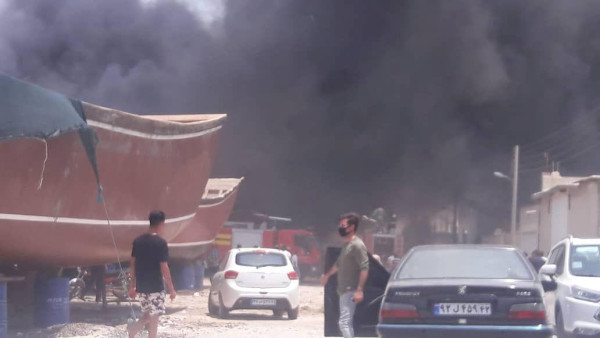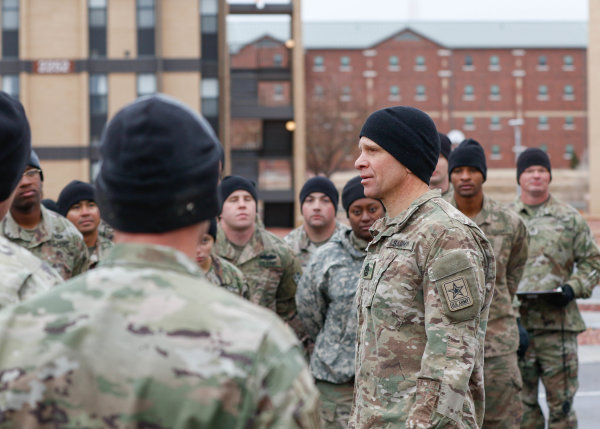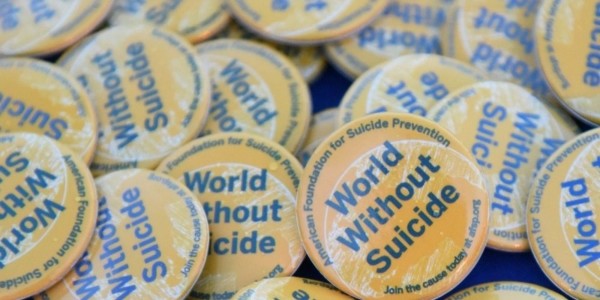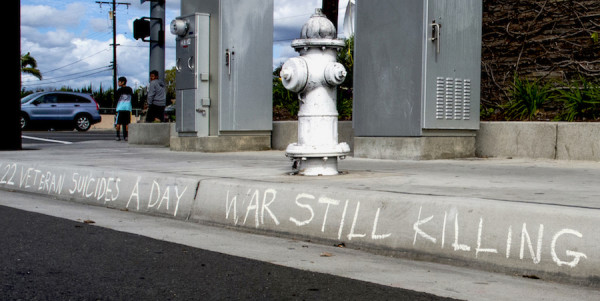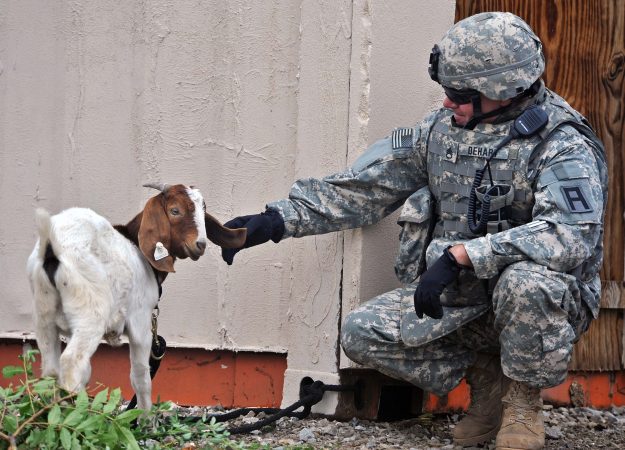The Pentagon is establishing a new committee to review the high number of suicides at nine bases and formations.
“It is imperative that we take care of all our teammates and continue to reinforce that mental health and suicide prevention remain a key priority,” wrote Secretary of Defense Lloyd Austin in a memo released Tuesday. “One death by suicide is one too many. And suicide rates among our Service members are still too high. So, clearly we have more work to do.”
Subscribe to Task & Purpose Today. Get the latest in military news, entertainment, and gear in your inbox daily.
The first nine bases and units that the committee will investigate are Fort Campbell, Kentucky; Camp Lejeune, North Carolina; Naval Air Station North Island, California; Nellis Air Force Base, Nevada; Joint Base Elmendorf-Richardson, Alaska; Fort Wainwright, Alaska; Eielson Air Force Base, Alaska; Camp Humphreys, South Korea; and the North Carolina National Guard.
The members of the commission have not yet been chosen, but the plan is to start touring installations and conducting focus groups by August of this year. “We want them to be able to be brutally honest with us about what they’re finding,” said Pentagon spokesman John Kirby on Tuesday.
While not a new problem, suicides have been increasing in recent years.
In 2020, the Army saw its highest rates of suicide among soldiers from active duty to Army Reserves to National Guard – 32 suicides per every 100,000 soldiers. That was also the year that suicide rates hit record highs across all of the service branches.
In Alaska, home to three of the nine bases that the committee will initially focus on, has seen some of the highest rates of this issue. In 2021, 11 Army personnel died by suicide, including six who were stationed at Fort Wainwright. Another six deaths are still under investigation. In January, the Command Sergeant Major of U.S. Army Alaska took to Instagram, asking that the soldiers under him reach out.
“We’ve got a lot of things going on in the world right now, a lot of things that we’ve got to pay attention to, but this is what’s hurting our soldiers, so we’ve got to figure it out,” said Maj. Gen. Brian Eifler, commander of U.S. Army Alaska, last week.
It’s not just Alaska and it’s not just the Army, though. It’s an issue that is affecting all of the service branches.
“The Secretary believes that one problem that we have to get after is the stigma of seeking help for mental health problems. Which is still a problem in the military. There’s still a feeling by too many service members, that if I’m having problems, dealing and coping, I can’t seek help,” said Kirby on Tuesday. “Because it’ll be held against me on my next promotion board, or it may be held against me on my assignments, or maybe my commanding officer will think twice before giving me a new assignment inside the command.”
The committee will begin its work this summer, with a report and recommendations due to Congress in February 2023.
What’s new on Task & Purpose
- Army Special Forces team takes part in legendary race through the Nevada desert
- ‘A catastrophic kill’ — Experts break down armored combat seen through the sights of a Ukrainian vehicle
- Why the skies over Ukraine have proven so deadly for Russian pilots
- Legion of the damned: Inside Ukraine’s army of misfits, veterans, and war tourists in the fight against Russia
- Woman accused of stolen valor charged with defrauding $250,000 from veteran charities
Want to write for Task & Purpose? Click here. Or check out the latest stories on our homepage.






